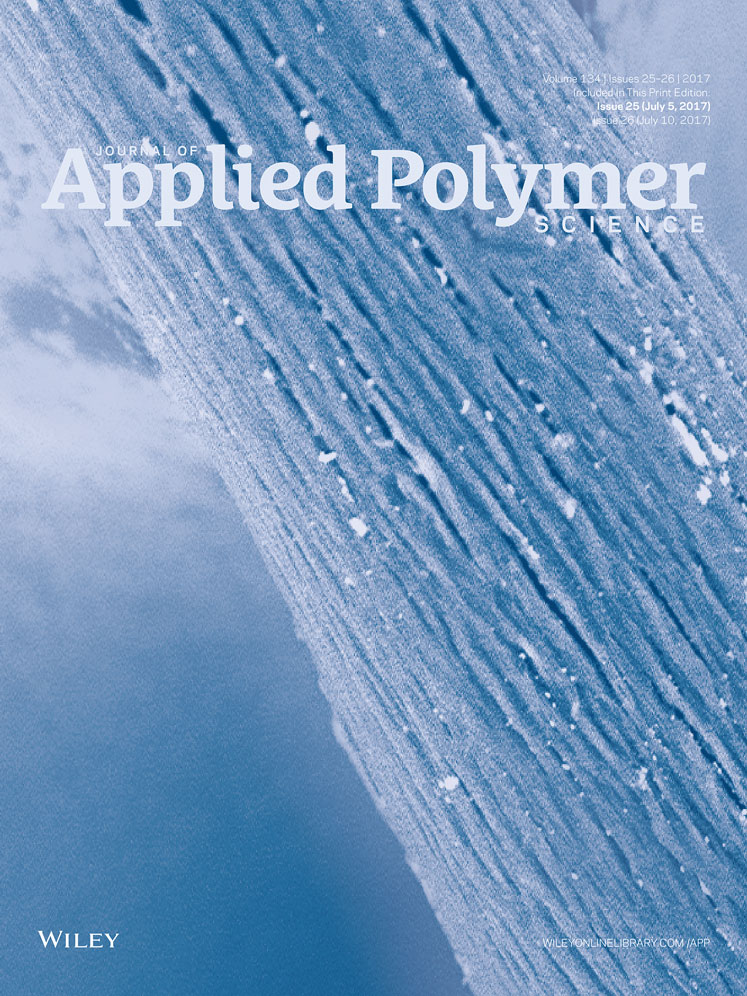Experimental study of the miscibility of ABS/PC polymer blends and investigation of the processing effect
ABSTRACT
In the challenging prospect of developing new materials by mixing different polymers to reach a synergetic performance, the present research focuses on the study of the miscibility of two polymers: The acrylonitrile butadiene styrene (ABS) composed of a dispersed elastomeric (polybutadiene rubber) polymer embedded in a SAN thermoplastic matrix, and the polycarbonate (PC). It shall be noted that obtaining miscible polymer blends is often a difficult task because of the large size of their molecular chains and the high interfacial tension between the polymer phases. Until now, the most numerous researches developed in this field involve polymer blends obtained by compatibilization techniques in order to improve the interfacial adhesion between initial polymers. The aim of this work is to study the miscibility between ABS and PC. First, two different methods were used to mix the polymers: the twin-screw extrusion and the dissolution in a common solvent tetrahydrofuran (THF). Then, physicochemical, microscopic observation and rheological characterization were performed on samples of mixtures obtained by both extrusion processing and dissolution method. The measurement of glassy transition temperature (Tg) by differential scanning calorimetry measurements (DSC) and dynamical mechanical thermal analysis (DMTA) have shown a partial miscibility between the two polymers. © 2017 Wiley Periodicals, Inc. J. Appl. Polym. Sci. 2017, 134, 44975.




